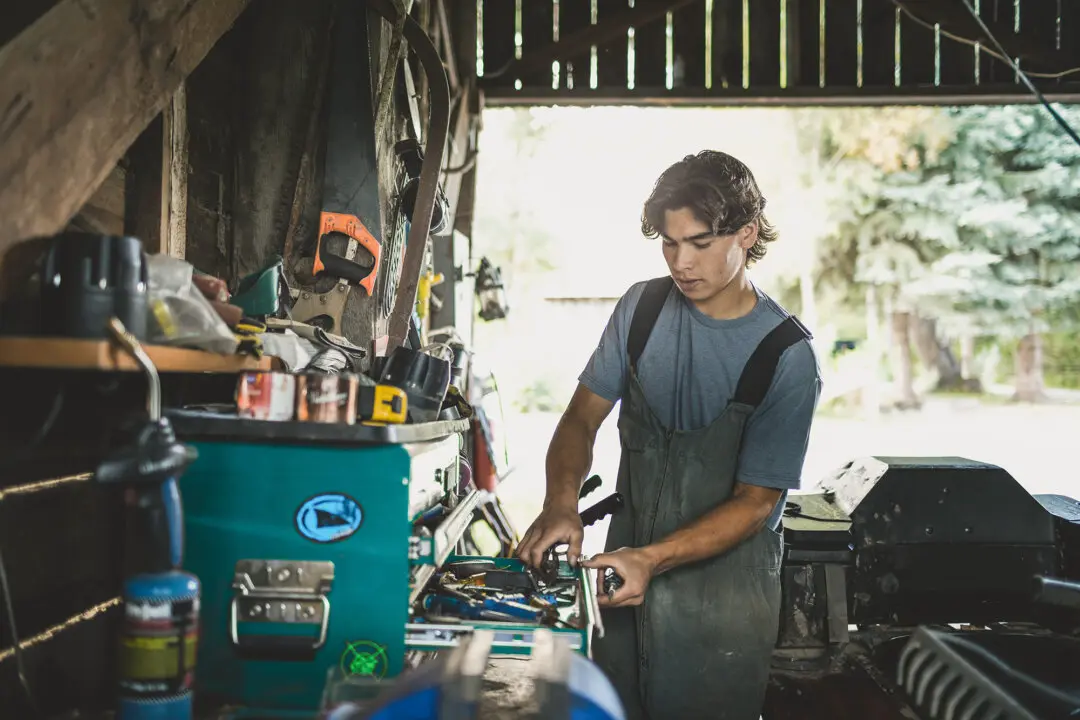Have you ever walked through a new garden that is structurally beautiful, blooming, and robust, yet felt that something was missing?
It lacks the atmosphere created by generations of gardeners gone before—the worn steps from running children’s feet, a statue chipped decades ago, a large tree now growing into a fence, the softened edges of an older hedge, the moss and lichen that have established themselves in shady areas. This gentle softening by time creates a welcoming sort of magic.





